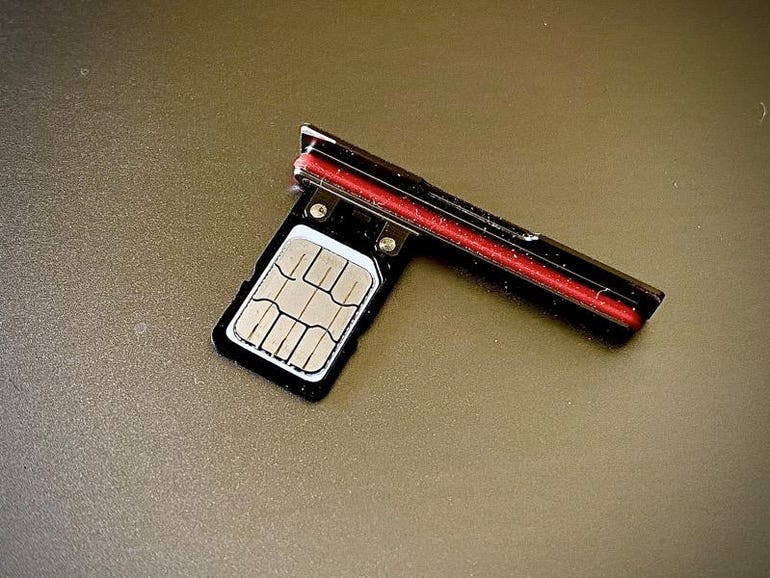
Have you ever gone through the hassle of swapping your "faulty" phone three times only to have the same problems?
This is exactly what happened to a reader the other day.
The reader had been having problems making and receiving phone calls and using cellular data on their Android handset. They were convinced that it was a phone issue and not that their home was lead-lined or something because it happened whether they were -- home, work, traveling.
Wi-Fi was also OK.
After a few months, they got so tired of the problem that they went out and bought a new phone.
A good way to solve the problem, right?
Wrong.
The new handset -- a different make and model to the previous one -- had the same problem.
Weird, right?
So, the reader did what many of us might do. Buy another phone. This time an iPhone.
Surely an iPhone would solve all the problems.
Must read: The new M1 iMac highlights everything that's wrong with Apple
It didn't.
It's at this point that the reader got in touch with me. They were out of ideas and wanted a fresh perspective on it all.
To me, it didn't seem right that three handsets would suffer from the same problem. That set off alarm bells in my head. I'd have had alarm bells after the first replacement. The chances of two handsets having a similar problem are low, doubly so when they're different makes and models.
It had to be a common factor unrelated to the handset itself. And since the reader had ruled out local cellular issues, the next thing that came to my mind was the SIM card.
I asked the reader if the SIM card had been replaced.
No.
Photos showed that while the SIM was a bit scratched, it looked OK. I'd seen worse. But I recommended the reader get a replacement from their provider.
A few days later, I heard back from them.
The problem was fixed.
I think this is a great example of one of those times when you need to stop and think. It's easy to get tunnel-vision and blame the most obvious thing.
And then keep blaming it, even though the evidence no longer points to that being the problem.
SIM cards are weird, and I've seen quite a few problems related to them.
Some look obviously damaged.
I've seen them scratched and damaged, I've seen pitting and corrosion, and I've seen a few that looked like they'd been driven over.
But some look pristine.
I've had cellular problems solved by taking the SIM out, giving it a wipe, and popping it back in. But if that doesn't work, I will normally recommend people suffering from these sorts of issues to get a replacement (or try a different SIM in their handset) because they can quietly and invisibly fail internally.
If you have an eSIM, then this is moot, but most of us are using good old SIM cards, and many of us have moved them from phone to phone.
Up until a few months ago, the SIM in my daily driver iPhone was an old micro-SIM from an iPhone 4 that I'd cut down using snips to fit the nano-SIM slot of subsequent iPhones. That thing was years old, was beaten up, had fallen into the dirt more than once, and was still going strong. But I've also had SIMs fail inside of a year for no apparent reason.
So, next time you come across this sort of issue, stop and have a think about what else might be the problem.
"try" - Google News
May 03, 2021 at 06:00PM
https://ift.tt/3gTJWPz
Having problems with calls and data on your smartphone? Try this simple fix - ZDNet
"try" - Google News
https://ift.tt/3b52l6K
Shoes Man Tutorial
Pos News Update
Meme Update
Korean Entertainment News
Japan News Update
Bagikan Berita Ini














0 Response to "Having problems with calls and data on your smartphone? Try this simple fix - ZDNet"
Post a Comment